1. Lead-Based Face Powders
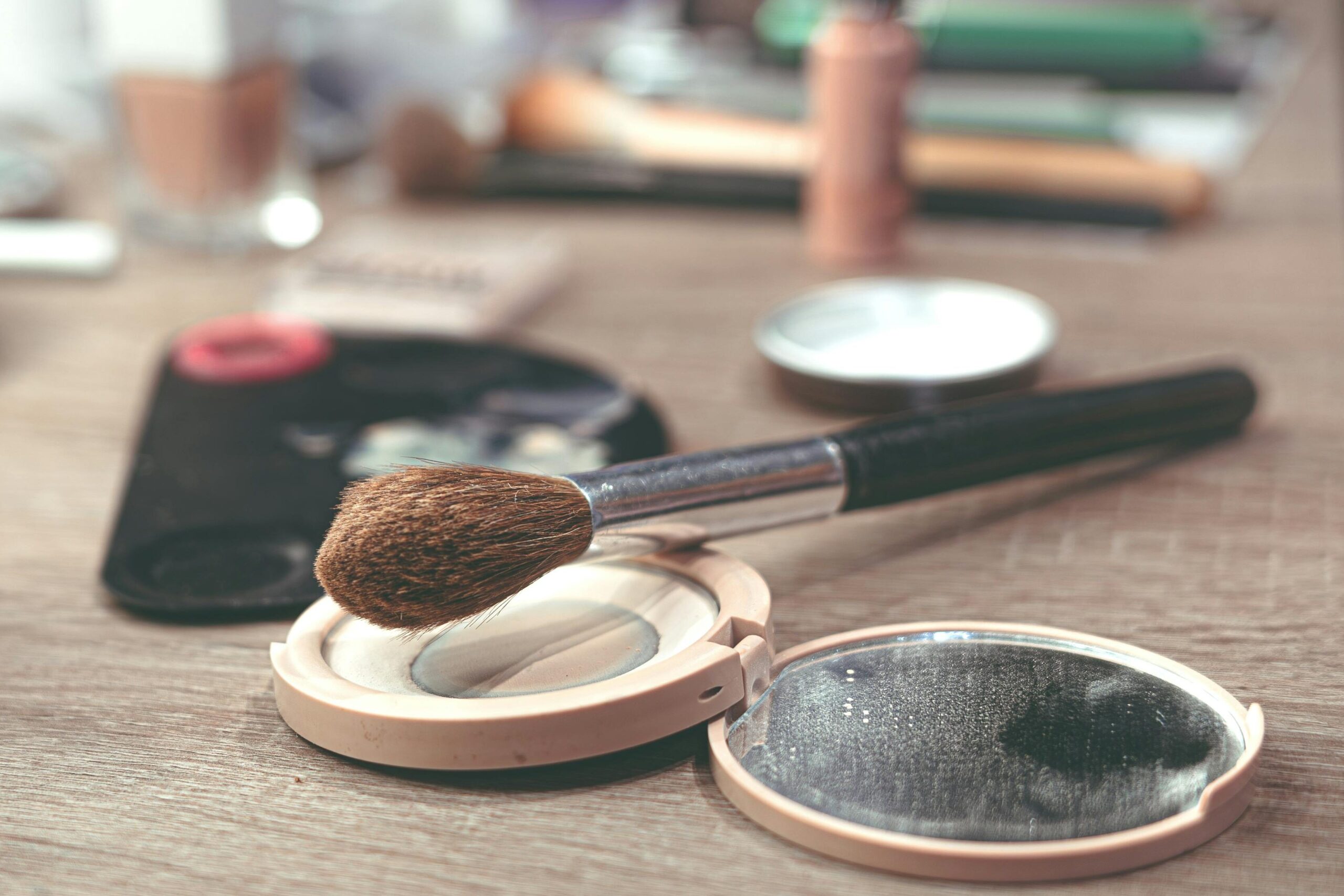
In the early 20th century, many women unknowingly dusted their faces with lead-based powders to achieve that coveted porcelain look. While these powders did make skin appear flawless, they also caused lead to seep into the bloodstream, leading to serious health issues like anemia, hair loss, and even neurological damage. Women would often notice their skin becoming sallow and brittle over time, but the connection to their beauty products wasn’t widely understood. The beauty industry marketed these powders as luxurious and “scientifically advanced,” which only fueled their popularity.
The long-term effects were devastating, with some women suffering irreversible health problems. Even after doctors began warning about lead poisoning, it took years for such powders to fall out of favor. Unfortunately, beauty ideals often outweighed health warnings at the time. Today, the thought of brushing lead on our skin seems unthinkable, but back then it was part of a normal daily routine.
2. Radium-Infused Creams
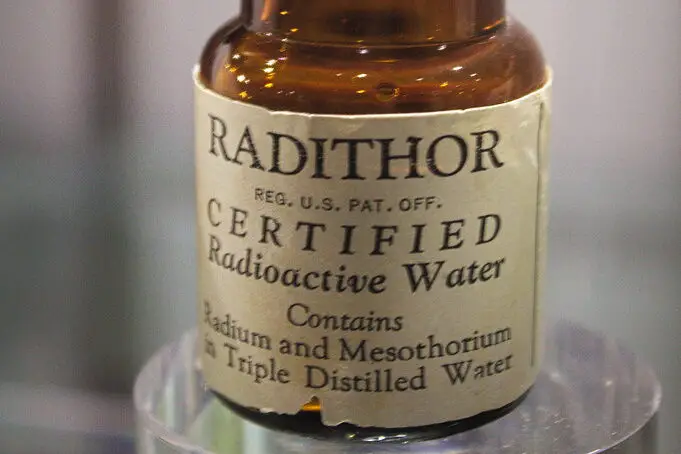
In the 1920s and ’30s, radium wasn’t just a marvel of science—it was a marketing tool. Some skincare lines used radium in face creams, promising to “energize” the skin and give it a youthful glow. The radioactive element did make skin appear brighter at first, but it was because it was damaging skin cells. Advertisements boasted about this “modern miracle,” and customers happily paid a premium for it.
Over time, the dangerous effects became undeniable, including burns, bone damage, and a significantly increased cancer risk. Still, the glamorous packaging and celebrity endorsements kept sales strong until stricter regulations finally intervened. The fascination with radium was a mix of science hype and beauty desperation, making it one of history’s most dangerous cosmetic fads.
3. Lash-Darkening Kohl
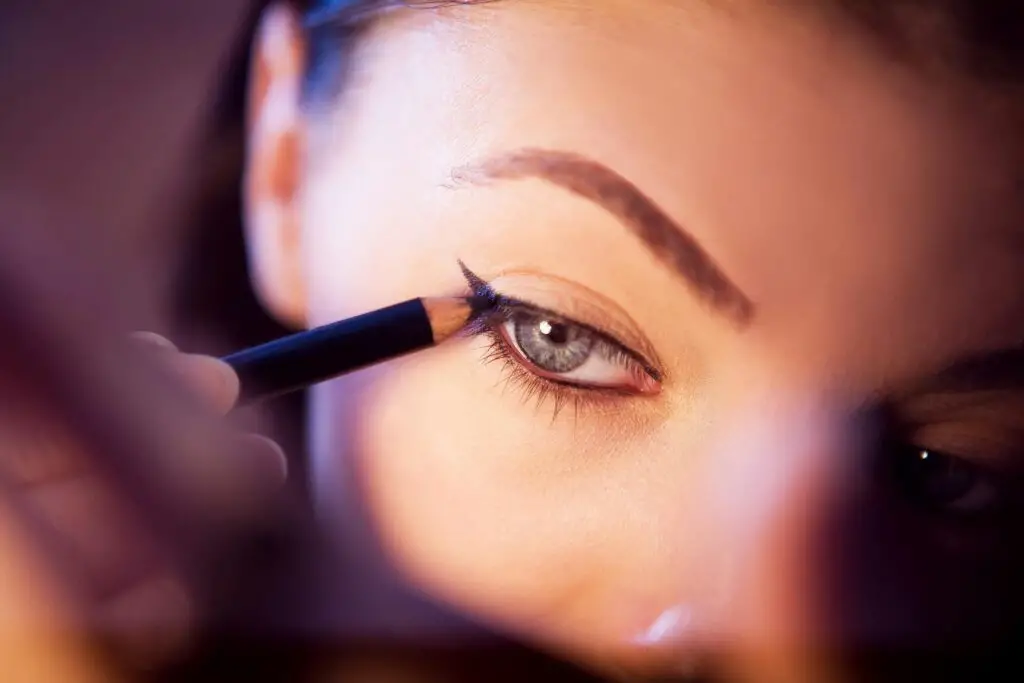
For centuries, kohl eyeliner has been used in cultures around the world. While modern versions are safe, early 20th-century Western imports often contained lead sulfide and other toxins. Women loved the dramatic, smoky look it created, but daily application meant heavy exposure to harmful substances. The pigment’s rich black tone came at the expense of eye health, sometimes leading to irritation, blurred vision, and even blindness in extreme cases.
Despite these dangers, kohl remained in demand because it was associated with exotic beauty and high fashion. It wasn’t until regulations addressed lead in cosmetics that safer formulas became standard. Even now, some imported kohl products remain unsafe, serving as a reminder that “natural” doesn’t always mean harmless.
4. Mercury Skin Lighteners
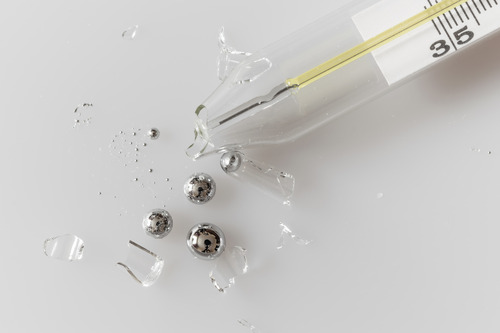
Skin-lightening creams were popular in the early to mid-20th century, especially in the U.S. and Europe. Many contained mercury chloride, which could fade freckles and spots by damaging melanin production. While results were fast, so were the side effects—rashes, kidney damage, and mercury poisoning symptoms like tremors and memory loss. Women often kept using them despite these risks because the societal pressure for pale skin was so strong.
The long-term effects could be life-altering, and once mercury accumulated in the body, it was nearly impossible to remove. Even after bans, mercury-based lighteners continued to be sold illegally for decades. It’s a stark example of how beauty standards pushed women toward products that were far from safe.
5. Lye Hair Relaxers

Hair relaxers have been around for generations, but early formulas in the mid-20th century were especially harsh. They used lye, a caustic chemical that could straighten hair but also burn the scalp, cause hair loss, and leave chemical scars. Many women, especially in African American communities, endured the pain because straight hair was often equated with professionalism and social acceptance.
The application process was uncomfortable at best and excruciating at worst, with a burning sensation that signaled it was time to rinse. Even then, damage was often done. Over time, milder formulas emerged, but those early relaxers remain a cautionary tale about the lengths people have gone for beauty conformity.
6. Belladonna Eye Drops
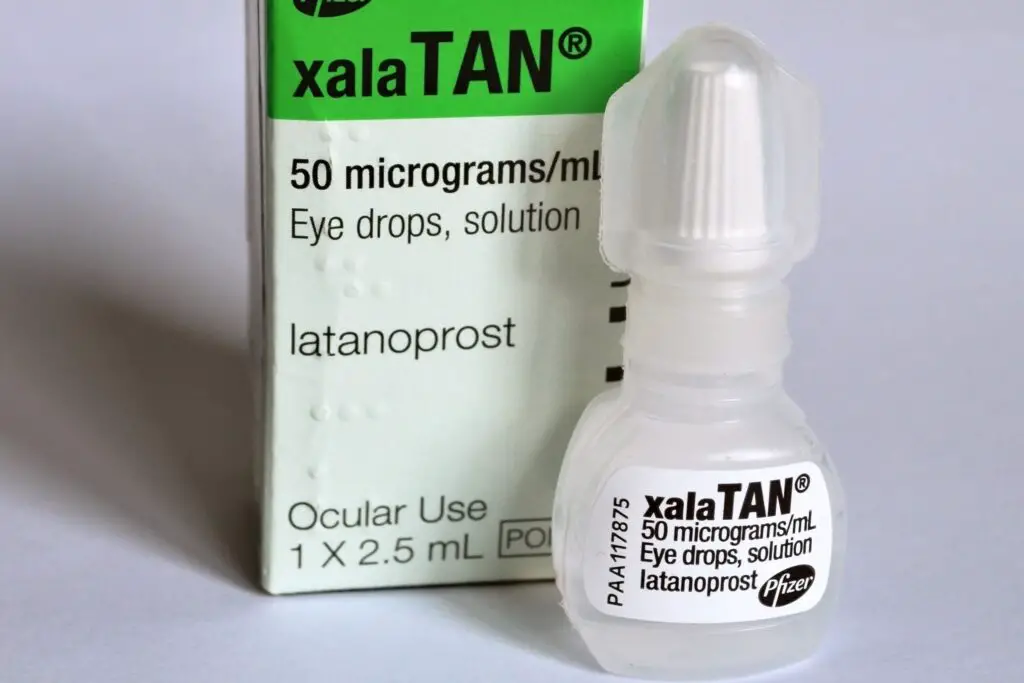
In the late 19th and early 20th centuries, some women used belladonna-based eye drops to dilate their pupils, creating what was considered a more romantic and alluring gaze. Belladonna, also known as deadly nightshade, was highly toxic, and repeated use could cause blurred vision, light sensitivity, and even permanent eye damage. The drops worked by paralyzing eye muscles, giving that wide-eyed, “doe-like” effect.
Women risked their eyesight for a fleeting beauty trend, often unaware of just how dangerous the substance was. While the look was considered captivating, the price could be blindness. By the time the dangers were more widely publicized, safer beauty enhancements had started to replace this risky fad.
7. Arsenic Complexion Wafers
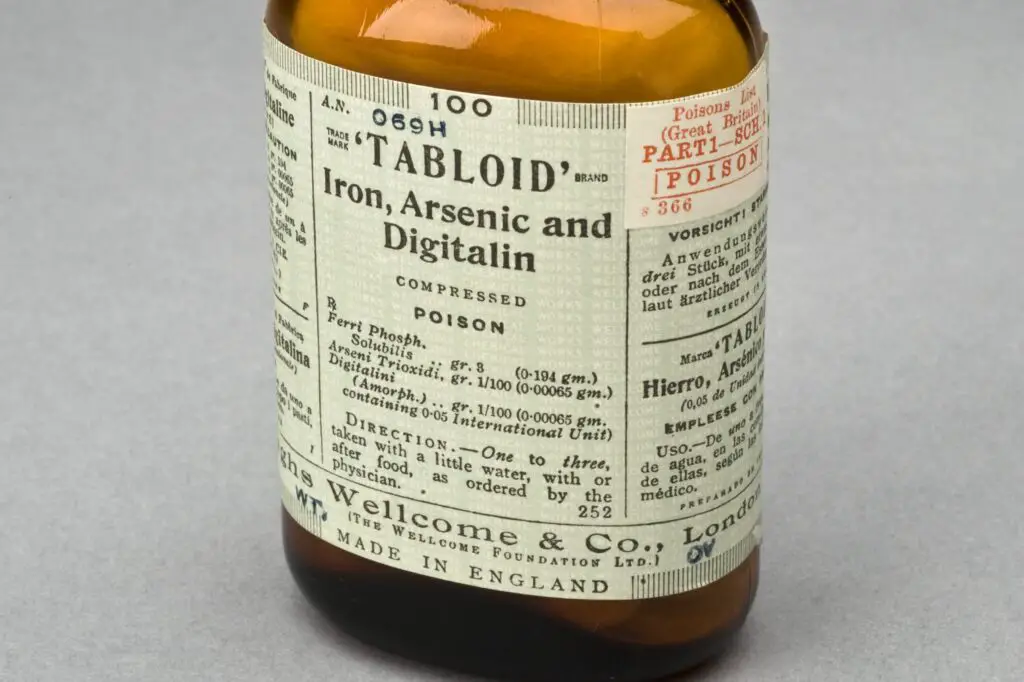
In the late 1800s and early 1900s, some beauty companies sold “arsenic complexion wafers” as a miracle cure for blemishes and uneven skin tone. The idea was that small amounts of arsenic would purify the blood and create flawless skin. While arsenic can cause skin to appear smoother at first, it is also a potent poison that damages organs and can be fatal in larger doses.
These wafers were marketed like candy, often wrapped in decorative tins that made them seem harmless. Many women ignored the warning signs of poisoning—fatigue, stomach pain, and darkened skin—because they believed in the promised transformation. It’s hard to imagine now that something so toxic was once sold as part of a daily beauty regimen.
8. Carbolic Acid Freckle Removers
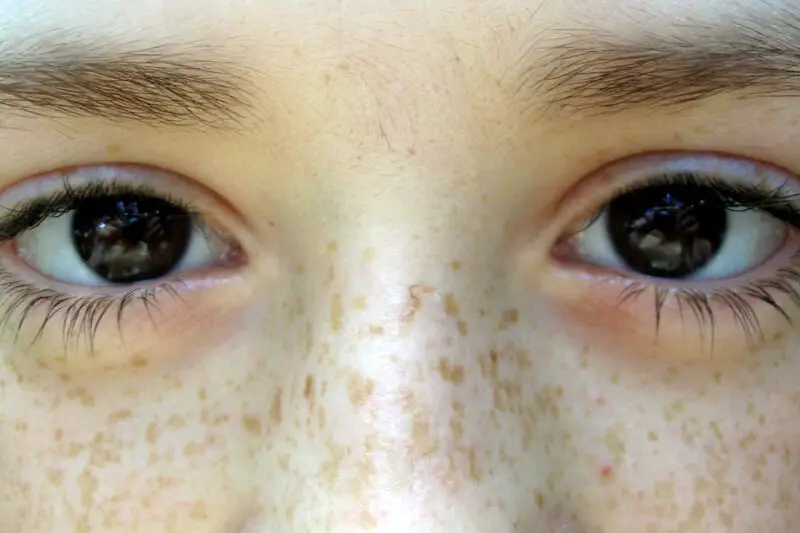
Carbolic acid, also known as phenol, was once used in creams and treatments to remove freckles and age spots. While it could strip away the top layers of skin, it also caused severe burns, scarring, and long-term sensitivity. The process was incredibly painful, yet some women felt it was worth it to meet the era’s beauty ideals.
The chemical’s harshness meant that a single application could cause damage that took weeks to heal. Yet in an age before safer dermatological procedures, this was one of the few “solutions” available. Eventually, carbolic acid fell out of favor, replaced by less destructive skin treatments.
9. Bovine Spleen Hair Tonics
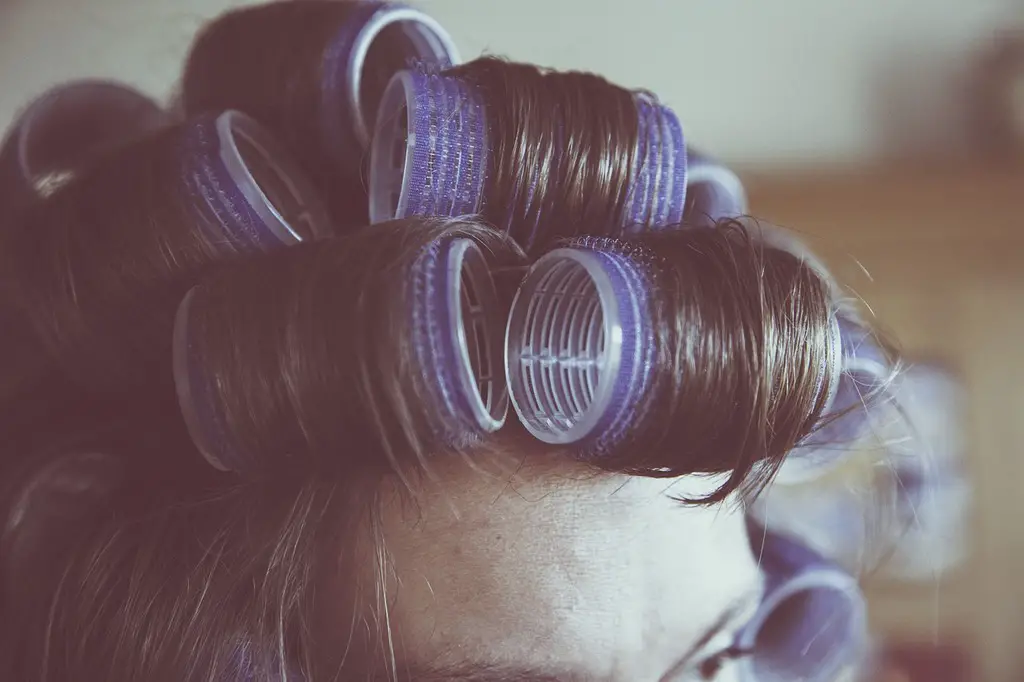
In the early 20th century, some hair tonics contained extracts from animal organs, including bovine spleen. These were believed to stimulate hair growth by “feeding” the scalp with nutrients. While it sounds unappealing today, back then it was marketed as a scientific breakthrough. The real danger came from the fact that these products were often unsterilized, leading to bacterial infections and even bloodborne diseases.
Many women and men desperate to reverse hair loss rubbed these concoctions into their scalps daily. Unsurprisingly, there were no real results—except sometimes illness. Once medical science advanced, the practice was abandoned in favor of treatments that actually worked.
10. Collodion Nail Enamel
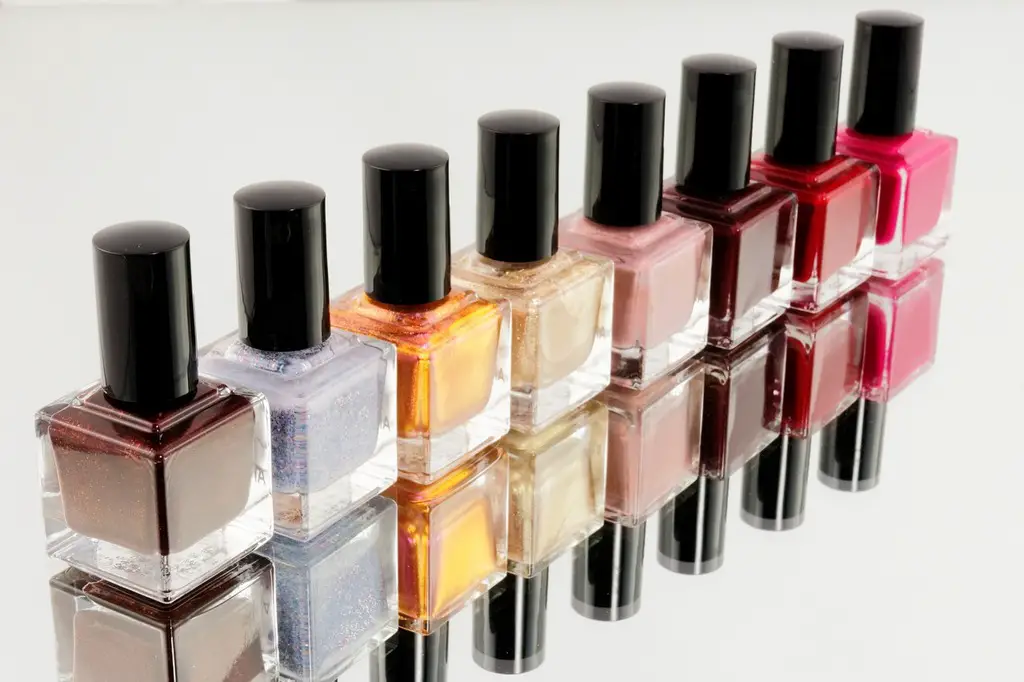
Before modern nail polish, some products used collodion, a flammable, nitrocellulose-based liquid. It created a glossy, hardened coating on nails but also released dangerous fumes that could cause headaches, dizziness, and long-term lung damage. Women applying it in small, enclosed spaces like bathrooms often experienced immediate side effects.
The substance was also highly flammable, making it risky to wear near open flames—no small concern in a time when many households still relied on candles or gas lamps. Collodion nail enamels eventually gave way to safer formulas, but not before years of risk to beauty-conscious women.
11. Sulfur Hair Treatments

Sulfur-based shampoos and scalp treatments were popular in the early to mid-20th century for dandruff and hair health. While sulfur can have medicinal benefits, these products were often highly concentrated, leading to scalp irritation, burns, and even hair loss. Some also contained additional harsh chemicals that amplified the damage.
Despite the strong, unpleasant smell, these treatments were marketed as the ultimate cure for unhealthy hair. Over time, gentler medicated shampoos replaced them, but sulfur’s lingering association with “old-fashioned” remedies remains.
12. Tinted Face Creams with Aniline Dyes
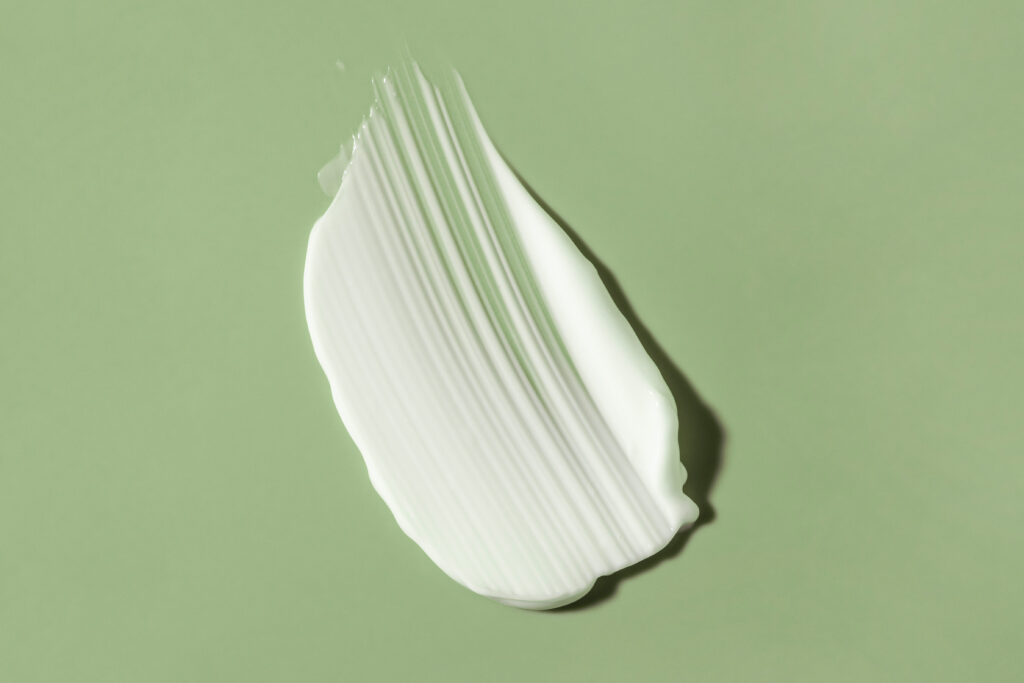
Before FDA regulations, some tinted face creams used aniline dyes—the same synthetic colors used in textiles. While they offered vibrant, long-lasting color, they were also toxic when absorbed through the skin. Reactions ranged from mild rashes to severe skin damage and organ toxicity.
Women often kept using them because the tint hid imperfections better than other products of the time. Sadly, the long-term health costs were far greater than the short-term cosmetic benefits. Once safer pigments became available, these creams quickly disappeared from shelves.
13. Turpentine Hand Soaks

In the 19th and early 20th centuries, some beauty manuals recommended soaking hands in turpentine to soften the skin and whiten nails. Turpentine, a paint thinner, is highly irritating and can cause chemical burns and poisoning through skin absorption. Yet, many women followed these home beauty tips, believing the discomfort was just part of the process.
The strong fumes could cause dizziness and headaches, making the practice dangerous even without skin contact. It’s a clear example of how beauty advice of the past sometimes strayed far from safety.
14. Formaldehyde-Laced Eyelash Adhesives
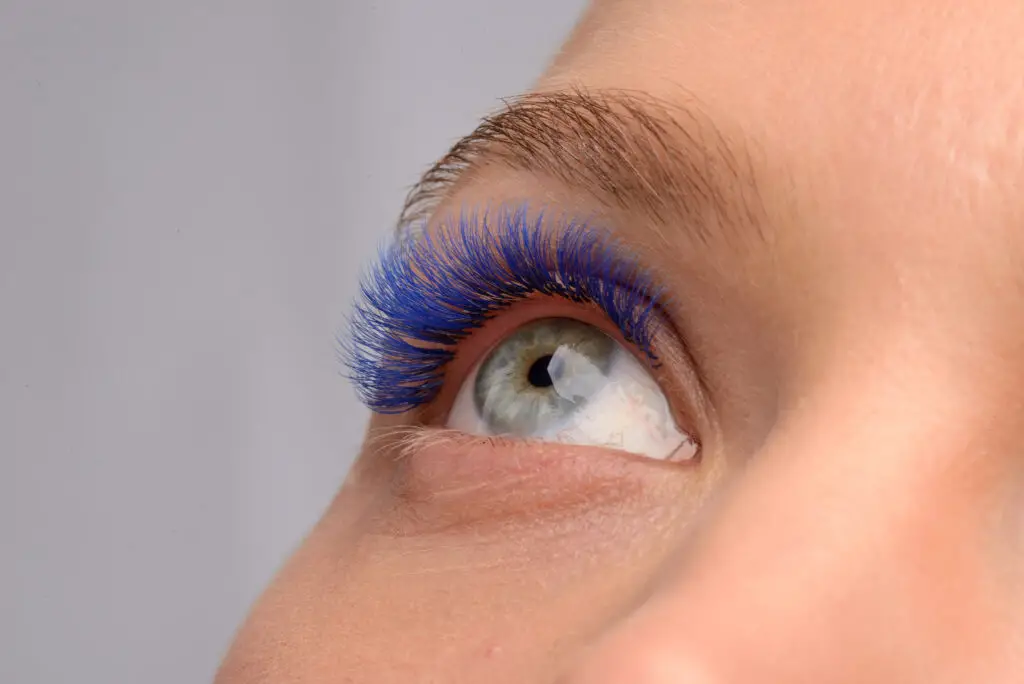
When false eyelashes became fashionable in the mid-20th century, some adhesives contained formaldehyde as a preservative. Formaldehyde is a known irritant and carcinogen, and it often caused redness, swelling, and even permanent lash loss. Many women assumed the irritation was just part of wearing falsies.
Unfortunately, repeated exposure only worsened the damage. Once public awareness grew about formaldehyde’s dangers, manufacturers began removing it from beauty formulas. Still, it’s a reminder that even glamorous trends can have hidden hazards.
